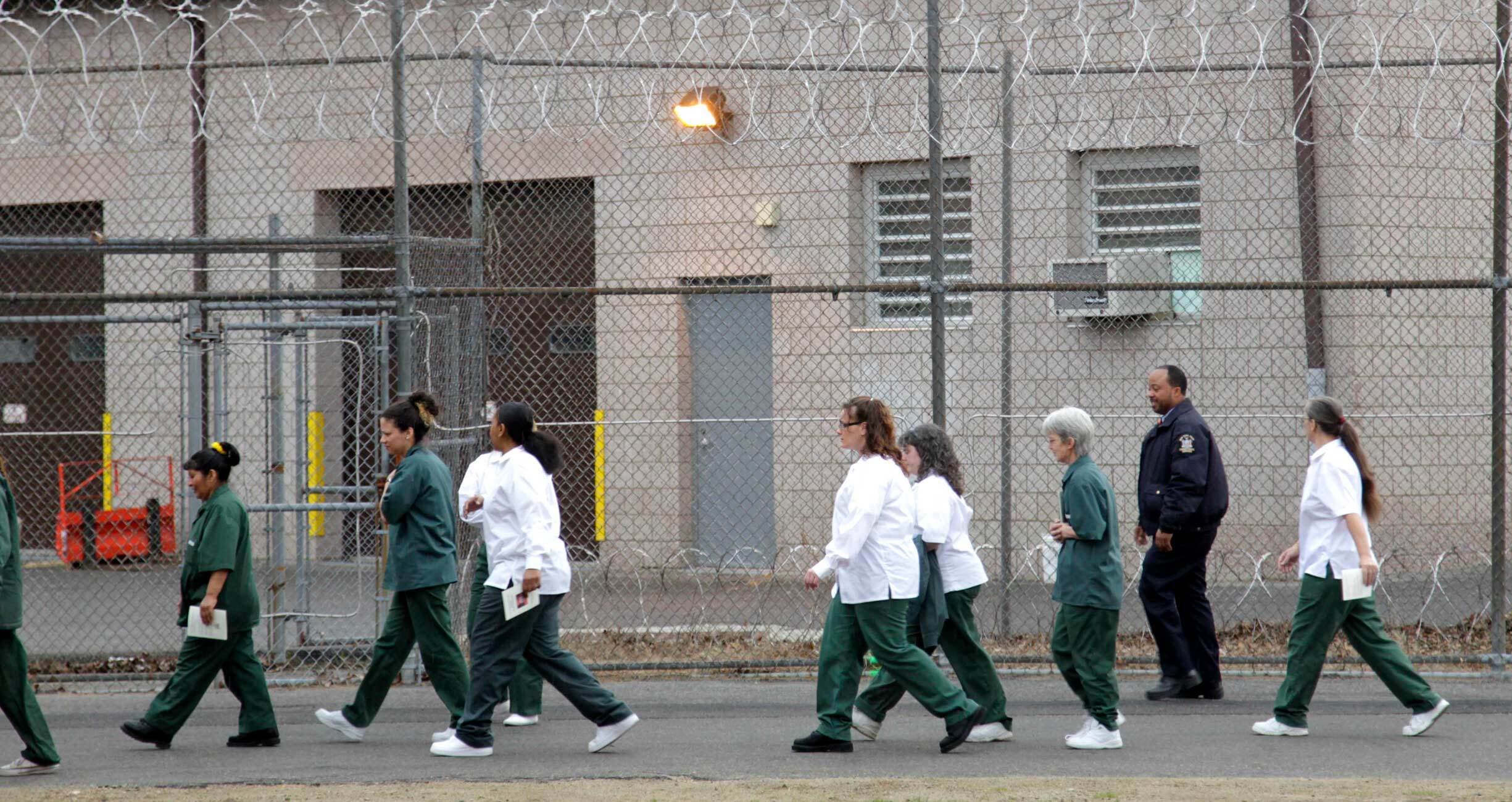When New York Corrections Officers Went on Strike for Better Working Conditions, Those of Us Incarcerated Continued to Suffer
LaShawn Lewis is currently incarcerated at one of the prisons affected by this year’s corrections officer strikes.
Since the COVID-19 pandemic, there has been an extreme shortage of staff within the carceral system. As a result, security staff are at times forced to work and are routinely exposed to high levels of stress and traumatic events. Without a doubt, this pattern becomes taxing both mentally and physically.
This fatigue affects a number of different parties: the corrections officers themselves, their families, and even motorists traveling to and from work. There have been reports of vehicle accidents involving corrections staff, including some fatalities that may have been prevented had these officers not been forced to work obscene consecutive shifts.
Unfortunately, the stresses and strains of overworked corrections officers also affect the incarcerated people in their charge. For example, there has been an increase in the number of use of force complaints and bodily injuries that have been documented and reported, as well as fatalities like that of Robert Brooks, who was beaten and killed by corrections officers last year while in custody at Marcy Correctional Facility. In no way is it acceptable for corrections officers to inflict extreme bodily harm on incarcerated people. There is no excuse. However, being overworked may very well ignite a short fuse and affect judgment and decision-making abilities.
In February of this year, corrections officers at dozens of prisons across New York State went on strike to protest severe staffing shortages and hazardous working conditions. The strikes began as corrections officers faced scrutiny for Brooks’s killing. I believe that the strike was very much warranted and long overdue, but it could have been prevented. And while corrections officers fight for a more stable work environment, the much-needed rehabilitation of incarcerated people is put on an indefinite pause.
I am currently incarcerated at one of the prisons that was affected by the state response to the strikes. Looking in from the outside, it may not seem so bad. But imagine having a date set for your release to return to your family, loved ones, and society. This date is attached to the completion of a mandatory educational and training program. Then, on February 17, 2025, your prison is locked down, with virtually no movement within the facility. This means no programs, and you cannot complete your training. The first thought that enters your mind is, “Will I still be able to go home?”
This uncertainty is enough to push a person two steps back from the seven steps that they have gained. During the strike, we were locked down more than usual, unable to get the proper amount of recreation and contact with loved ones, and unable to partake in programs. This would be enough to send many of us on a downward spiral. Then what do you think happens from there? Violence and negativity.
These are difficult and uncertain times, and changes need to be made. But it seems that the media and elected officials’ focus is solely on the striking officers. At the same time, National Guard members were placed in New York State facilities to fill the posts of unavailable security staff. Their presence should have restored a sense of normalcy within prison walls. This is not what is happening.
Our worlds have already been put on hold. For incarcerated people, the strike has been like an endless cloudy day. The few things that many of us look forward to, like college and mandatory programs, have been taken away. Our efforts at rehabilitation are at a standstill. What's the next step? What do we do? Where do we go from here? Perhaps we wouldn't be in this situation if the scale of incarceration wasn't so massive, requiring a level of security staff that we just don't have.
So, I ask, who's really striking out?
LaShawn Lewis is a daughter, mother, grandmother, Alternatives to Violence Program facilitator, college student, and advocate for just carceral policies. She chooses to write and give her voice in hopes of making a change. Her slogan of choice to bring about awareness is “Can You Hear Us Now!” She can be reached on JPay, at LaShawn Lewis, 18G1036, NYS DOCCS Inmate Services.
Vera believes in using our platforms to elevate diverse voices and opinions, including those of people currently and formerly incarcerated. Other than Vera employees, contributors speak for themselves. Vera has not independently verified the statements made in this post.
